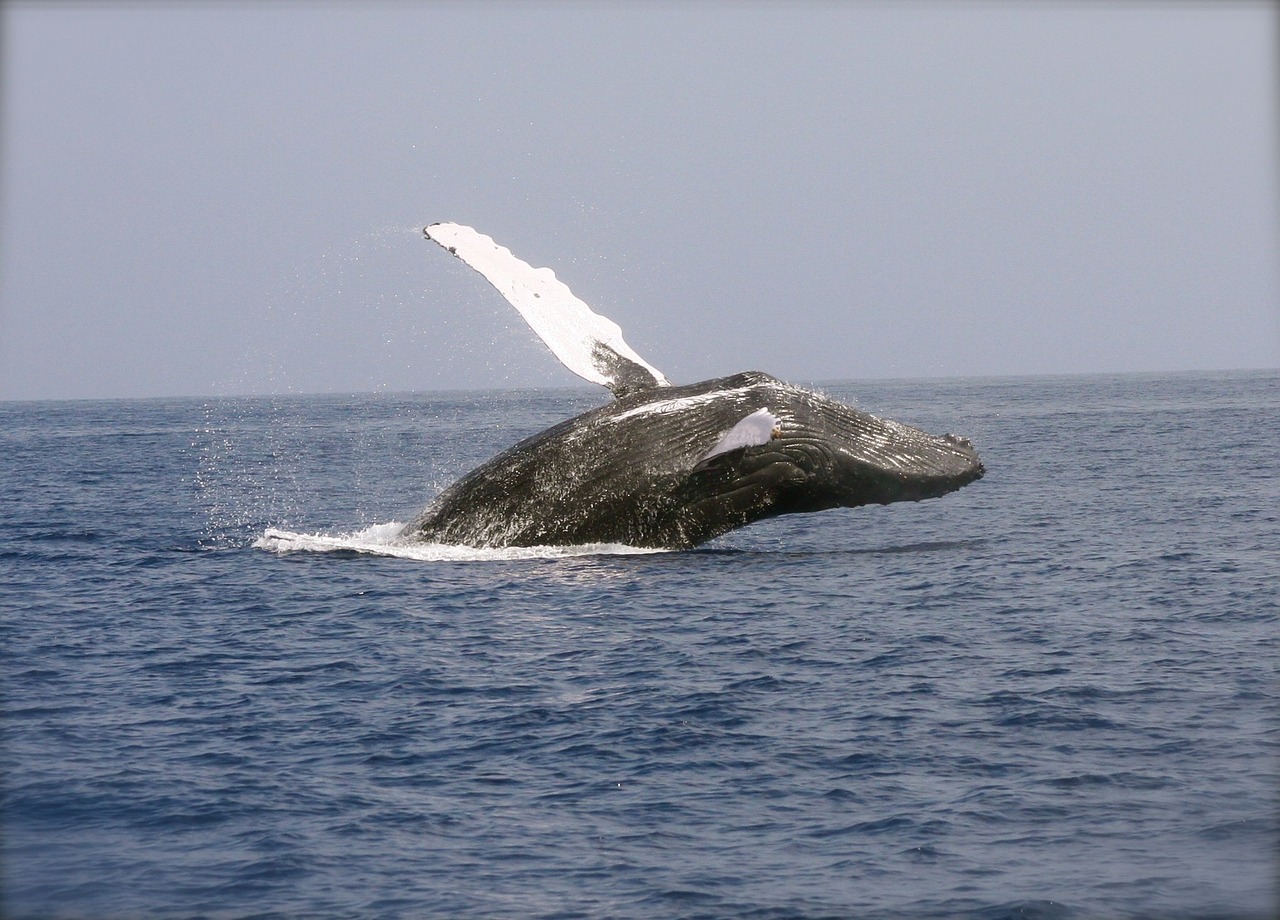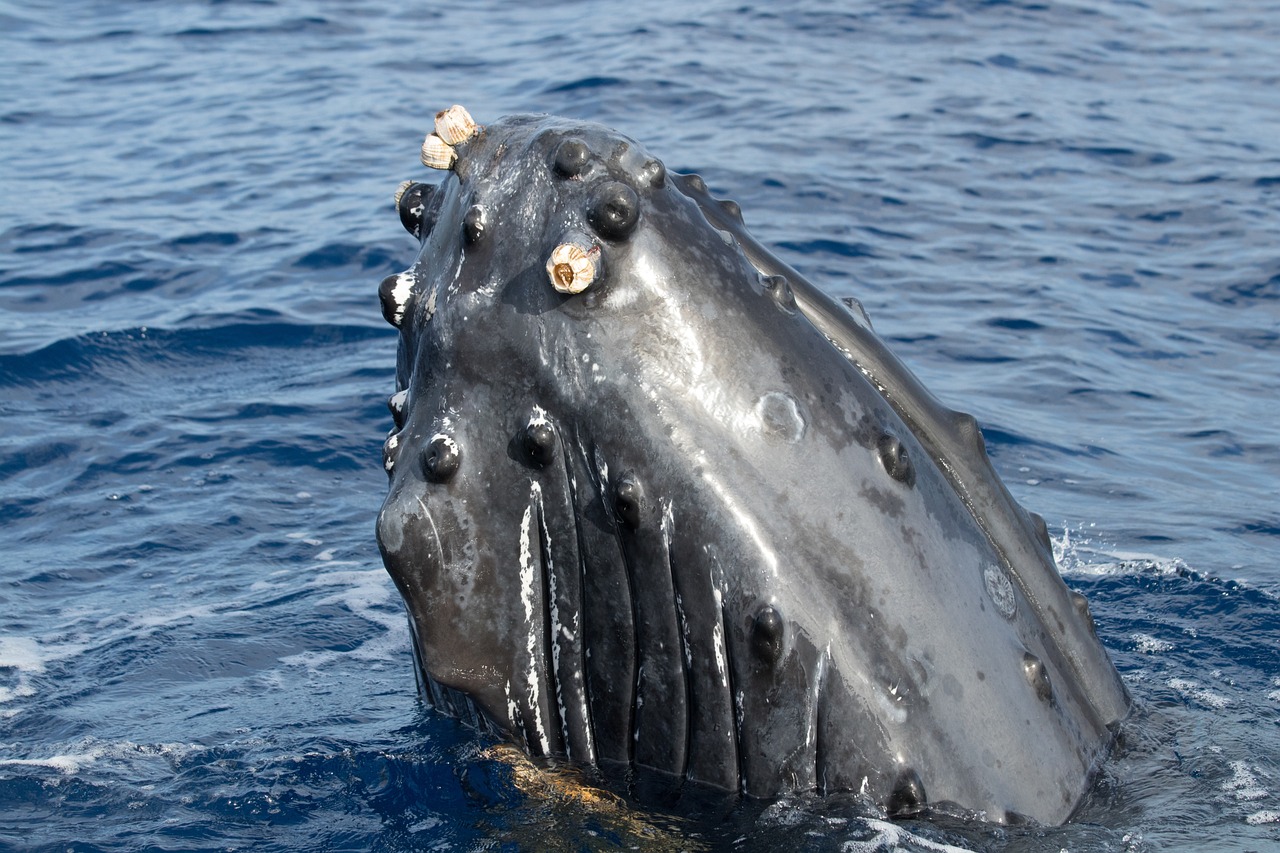
Did You Know?
Breaching is one of the ways whales communicate! Some experts believe these dramatic jumps help send signals to other whales nearby. Whatever the reason, witnessing a breach like this is a breathtaking moment!
…or
How Big Are Humpback Whales?
Adult humpback whales can grow up to 16 meters (52 feet) and weigh around 30-40 tons – that’s as heavy as five elephants!
Why Do Whales Slap Their Tails?
This behavior, called lobtailing, is a way for whales to send messages. It could be a warning to predators or a way to communicate with their pod.
“The Whale’s Song”
Upon the waves so wild and free,
A shadow rises from the sea.
A misty breath, a fleeting glance,
A giant moves in silent dance.
It sings a song so deep, so low,
A whispered tale from years ago.
The ocean listens, vast and wide,
As echoes drift upon the tide.
Then with a leap into the sky,
It greets the wind, so wild, so high.
A fleeting splash, a final gleam—
Then all is quiet… as if a dream.


Whale Watching Tour Tips
Bring Binoculars & Camera with Zoom: A good pair of binoculars will help you spot distant whales, and a camera with zoom is perfect for capturing their jumps and tail slaps!
Best Time to See Whales: The best time to see humpback whales in Australia is April to November, when they migrate along the coast for breeding.
How to Spot a Whale: Look for blows (spouts of misty air) from their blowholes, splashes from breaching, and flukes (tails) appearing above the surface.
Stay Patient & Keep Watching: Whales don’t follow a schedule! Keep your eyes on the horizon and be ready for sudden breaches or tail slaps.
Keep a Safe Distance: Boats should follow Australian whale-watching guidelines, keeping at least 100 meters from adult whales and 300 meters from mothers with calves.
Got questions?
Feel free to reach out.
